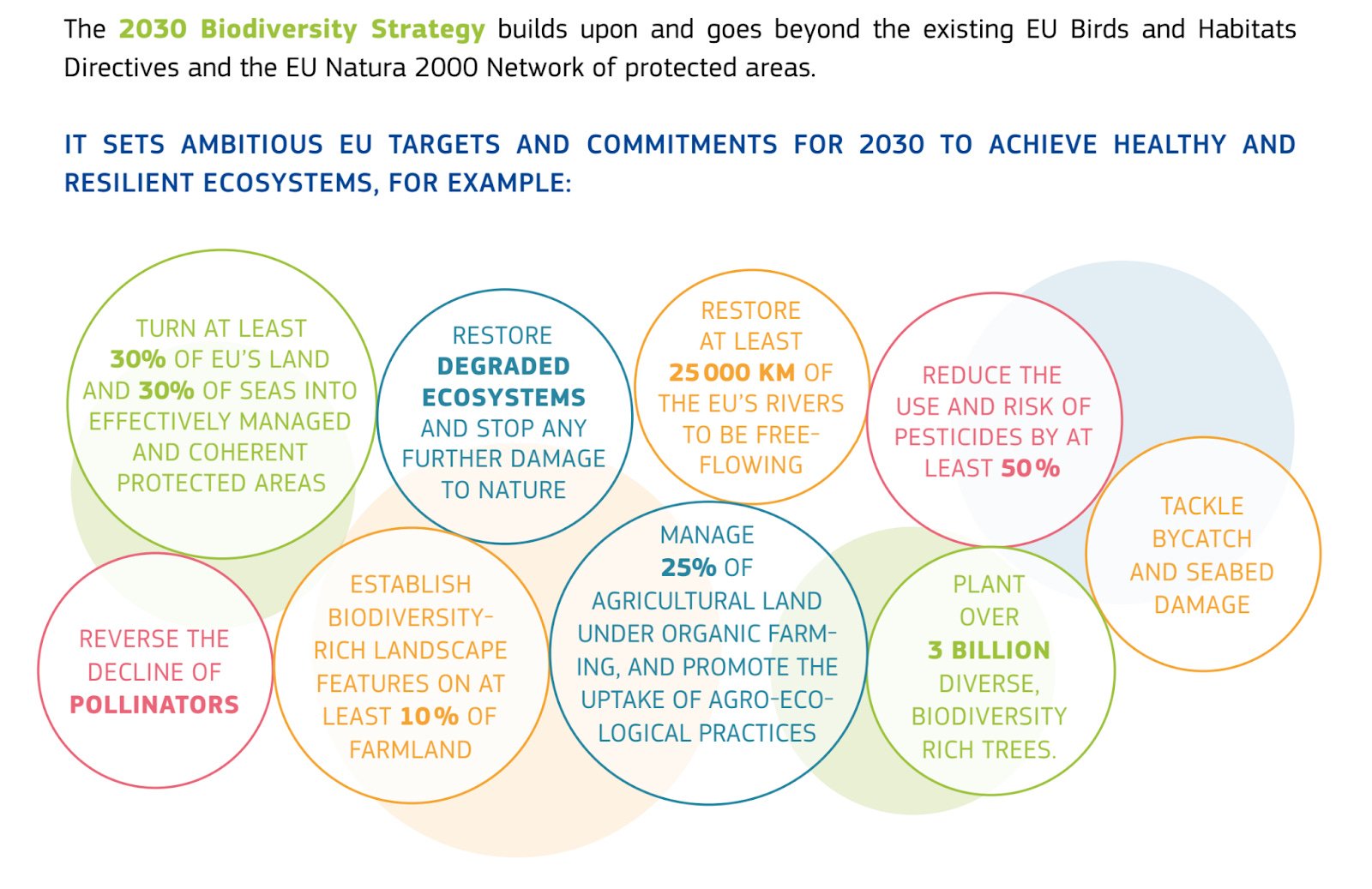Creating a Mediterranean Garden
How to create a beautiful Mediterranean garden with native plants from Italy to California
Source: I Heart Italy
Dear Avant Gardener, Can you advise where to gather info for the central west coast of Italy? The difficulty is understanding what I have been blessed with by former inhabitants and how to have a simple garden of randomly placed plants to enhance what is already here. There are three pomegranates, and at least 10 citrus trees that make a bitter orange. Why? I’m overwhelmed. We had some prune trees die off, some sickness in a walnut tree we think may be saved. Do fruit and nut trees have an average life span? — Rebeccagrrl, Just north of Rome, Italy
What a charming challenge! The same ecological principles apply whether you’re gardening in Italy or Illinois. To gather info — and become inspired instead of overwhelmed, get out of your own garden and visit local landscapes. And the time to see gardens is now.
Visiting gardens to identify elements of a design tradition
The key to creating a garden that respects both the ecosystem and an historical tradition is separating the plant material from the structure. Your garden sounds like a southern Italian farm-style garden. This relaxed Mediterranean style with tumbling borders of fragrant lavender and characteristic cypress and olive trees is increasingly popular from Italy to England to California. According to Italian-trained environmental and landscaping consultant Dr. Matteo Meloni,
[W]hilst the formal gardens of northern Italy immediately spring to mind when we think of the quintessential Italian garden, in the last 20 years especially, it has evolved into the somewhat looser, less formal style of the Mediterranean coast. Predominant in the southern regions of the country and across the islands, the planting here combines aromatic plants like rosemary, lavender or winter savory with succulents, such as sempervivum and cacti. — The Oxfordshire Gardener
For design inspiration — and delightful and delicious meals, visit design-oriented farm-to-table restaurants around Rome, like L'Orto di Alberico. (Lucky you!). Take lots of photographs illustrating the structures, textures, tones, furniture, surfaces — any element that appeals to you. For example, structural elements of the Italian country style include:
Informal dining areas under trees or an arbor
Some summer color — bougainvillea, geranium — near the house
Profusions of low aromatic herbs with blue-gray foliage
Gravel paths; pairs or groupings of terracotta containers
Orchards, vineyards, and crops in geometric patterns
One aspect of Italian farm gardens you’ll discover is that the placement of plants is rustic and practical, but not random. Outdoor eating areas are close to the kitchen, shaded by trees or vines and surrounded by aromatic herbs. The few showy flowers are placed prominently for maximum impact with minimal work or expense. And fruit trees, vines, and crops are arranged geometrically in rows for easy cultivation.
Honoring tradition with native plants
To support biodiversity, I recommend planting lots of Italian native plants. Unfortunately, many typical Italian farm garden plants are not native there — from your orange (Southeast Asian) and pomegranate (Persian) trees to geraniums (Southern Africa) and bougainvillea (South America). You can determine whether a plant is native to your location by searching the “display table” at the bottom of this article on vascular flora of metropolitan Rome. (Latin names followed by A, N or D are naturalized, not native.)
Some plants characteristic of Italian peasant farms are native, so planting those will both honor tradition and support biodiversity. Among the characteristic native plants recommended by Pino Baggiani, who researches and propagates Tuscan native plants, many are native to Rome:
Creeping rose (Rosa Semperivens)
Field maple (Acer campestre)
Gallic rose (Rosa galicia)
Rowan tree (Sorbus domestica and torminalis)
European spindle (Euonymus europaeus)
Strawberry tree (Arbutus unendo)
Various oaks (Quercus spp.) and willows (Salix spp.)
Walnut (Juglans regia)
About walnuts, Baggiani says:
“A walnut tree near a farmhouse was never missing. Walnuts are a formidable food reserve: they can be kept for months and once a slice of bread and two walnuts were enough to have a small supply of calories available Its wood is very precious, resistant, anti-mould and anti-woodworm.” — Pino Baggiani in InOrto [Note: Translations by Google]
Sadly, your walnut, pomegranate, and orange trees may be near the end of their lifespans. And your orange trees may have reverted to the stock onto which they were grafted. Time to think about other uses for these trees and start replacing them over time. (First, read Wait! B4 You Cut Down That Tree.)
Source: Linking Edible Arizona Forests
In addition to the trees and shrubs above, there are many Roman natives among the herbs used in ancient Roman cooking:
Basil (Ocimum basilicum)
Oregano (Origanum vulgare)
Sage (Salvia officinalis)
Mint (Mentha spicata)
Poppy seeds (from Papaver somniferum)
Wild fennel (Foeniculum vulgare)
Visiting wild places and botanic gardens to find plants
To find other native plants for your garden, I suggest visiting wild places or botanic gardens. Mario Cipollone, team leader of Rewilding Apennines, recommends touring these national park and university initiatives to preserve local plants and seeds:
San Colombo Botanical Garden and Apennines Floristic Research Center
Garden of Apennine Flora at the University of Molise
At both farm and wild landscapes, plant ID apps can help identify plants. Plantnet is European; PictureThis provides native range maps at the bottom of the plant info.
In the meantime, you can jumpstart your garden transformation by creating a meadow with Italian wildflower seeds from SemeNostrum. (See 3 Steps to a Meadow.)
Buon viaggio!
— The Avant Gardener
Why, How, Wow!
Why?
Italy has two ecoregions — temperate in the north and central areas and Mediterranean in the south and coastal areas, including Rome. The region around Rome has been farmed for millennia with crops sourced from around the world. For example, citrus arrived in Italy from Southeast Asia almost 3,000 years ago:
Citrus medica (citron) was the first citrus to spread west, apparently through Persia and the Southern Levant (remains were found in a Persian royal garden near Jerusalem dated to the fifth and fourth centuries BC) and then to the western Mediterranean (early Roman period, third and second centuries BC). . . . [S]eeds and pollen remains of citron were found in gardens owned by the affluent in the Vesuvius area and Rome. The earliest lemon (C. limon) botanical remains were found in the Forum Romanum (Rome) and are dated to the late first century BC/early first century AD. — HortScience
These agricultural crops have displaced wildlife habitat. Currently, 62 percent of the Mediterranean Italian ecoregion is agricultural.
We are losing nature like never before because of unsustainable human activities [including agriculture]. . . . The global population of wild species has fallen by 60% over the last 40 years. One million species are at risk of extinction. Biodiversity loss and the climate crisis are interdependent and they exacerbate each other. — EU 2030 Biodiversity Strategy
How
The European Union has recognized that traditional agriculture contributes to the current biodiversity crisis and has adopted measure to reverse it. For example, the 2030 Biodiversity Strategy establishes a goal of dedicating at least 10 percent of agricultural land to natural spaces:
It is essential to ensure a minimum area within farms for the maintenance of green infrastructures (hedges, trees, secular trees isolated or inserted in small woods, ponds and small wetlands, grassy strips, permanent meadows, etc.) which support the biodiversity of agroecosystems. — WWF Italy
Source: EU Biodiversity Strategy
Wow!
Wherever you live, you can study the elements of Mediterranean Italian country garden design and express them with plants native to your area. The climate of Mediterranean California (the name of the ecoregion!) is especially suited to this sort of garden, as exemplified by Gwynneth Paltrow’s Montecito estate. Here are some examples from Italy.
A singular, showy flowering plant and a shaded table at farm-to-table L’Orto di Alberico (Source: @conciergeitaly)
In designer Luciano Giubbilei's garden, a gravel path meanders through low-spreading plants. (Photo: Andrew Montgomery; source: Vogue)
Leading designer Paolo Pejrone keeps his garden simple: oranges underplanted with meadow flowers and an olive grove behind. (Photo by Dario Fusaro; source: Paolo Lenti)
Related Resources
Ready to visit gardens near you? Sign up for Open Days at the Garden Conservancy.
Looking for rustic Mediterranean garden inspiration? Try an Italian farmstay.
Armchair travel more your style? Check out Pejrone’s more formal Private Italian Gardens.








